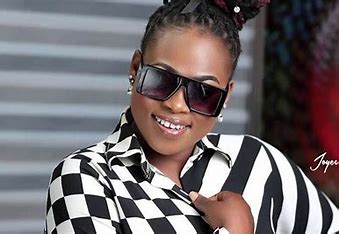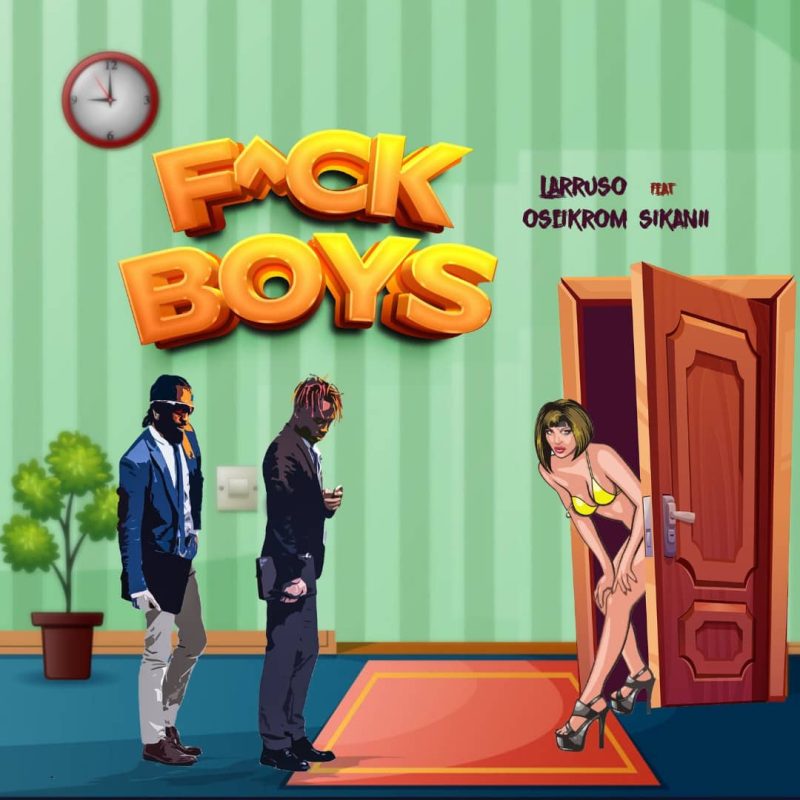We’ve reached peak Taylor Swift, is it only down from here?
Written by ABR on 20/07/2023
Take your pick for the most impressive record Taylor Swift has broken this week. It’s a long list: She has amassed the most cumulative weeks at number one on the US album chart, extending her own record; she is the first female artist to surpass 97 million monthly listeners in Spotify history, and the fastest to earn over 13 billion streams in a calendar year; she was the first artist in history to replace herself at the top of the Australian album charts, and, just last week, she became the first female artist and third artist ever to have four albums chart in the Billboard Top 10 Albums at once (one of whom, Prince, achieved the feat following his death). Historic feats by Michael Jackson, The Beatles, and Barbra Streisand lie in tatters at her feet — and she’s not done.
Any way you slice it, this is Taylor Swift’s world and we are simply living in it, even the FBI seems to think so. Tickets for the Eras Tour went on general sale in the UK this week, which has already prompted debates in British Parliament as scalpers hawk tickets for thousands to desperate Swifties. New systems are in place to stop Ticketmaster buckling under the weight of demand, as they did across the US when millions piled into online waiting rooms. It’s expected that millions will miss out due to demand anyway.
Such feral demand might make you think this is a once-in-a-lifetime opportunity — but Taylor tours regularly. Pandemic aside, the 33-year-old has taken each new album on the road since 2008. She cannot add dates to the tour fast enough, and every single stadium is set to sell out.
But is her second imperial phase in danger of overstaying its welcome? Reviewing Speak Now (Taylor’s Version) for the Guardian, Laura Snapes remarked that the rerecording project was beginning to feel “a little wearying and pointless, other than in the business sense”. She added: “I hope the three albums still to come arrive as some sort of box set.” Taylor has released at least one album a year since 2019, and two in both 2020 and 2021. Taken together with the wall-to-wall hype around the Eras Tour, which will conclude next year in London, could even die-hard Swifties start feeling like it’s a bit much?
Overexposure was once upon a time a prime concern for pop stars and their management. Relatively few people know that Justin Timberlake, for instance, sings the hook on the Black Eyed Peas’ 2003 breakthrough hit “Where Is The Love?”. Justin was, at that time, midway through his own crossover moment promoting his debut album Justified, and Jive Records decided that he would not be listed as a featured artist, nor would he feature in the video. Of course, that was back when media exposure was limited to print, radio and TV. One could argue that today’s media landscape is so diluted by endlessly dividing social media platforms that overexposure is a lucky, if not impossible, problem to have.
But Taylor herself has brushed with overexposure in the past — and is undoubtedly cognisant of it. In a now infamous conversation with Kanye West, in which they discuss his upcoming song “Famous”, she is heard saying: “I’m like, this close to overexposure.” Similarly, in a 2016 interview with NME she floated the idea of taking time off. “I think people might need a break from me,” she mused. Taylor was then at the peak of her first imperial phase, basking in untold critical and commercial success following her fifth album, 1989, which netted her three US number ones, and just as many Grammys.
Sure enough, Taylor’s high profile landed her right in the eye of a PR shitstorm. With the benefit of hindsight, her comments to Kanye are prophetic, but as we know her overblown cancelling went far beyond the Kardashians and a few snake emojis. Holes were ruthlessly picked in her brand of feminism, like her feud with Katy Perry, and – most crucially – her silence throughout the 2016 US election. Seemingly in response to this, she avoided the press entirely while promoting her sixth album Reputation, which plays with the idea of a public image in free-fall. Albums released in lockdown, folklore and evermore, were accompanied by much less aggressive multi-platform promotion.
The former in particular marked a turning point for Taylor. folklore’s indie stylings, and its focus on fictional, rather than autobiographical, material shored up her musical credentials, recentering her as a songwriter first and popstar second. “A pop star done with pop,” deadpanned the New York Times when reviewing the album. The twin pandemic albums brought on a fresh wave of appreciation for Swift The Songwriter, particularly from straight male fans, who were intrigued by collaborations with The National and Bon Iver.
Bolstered by this influx of new listeners, Taylor began a campaign to rerelease old material — in a bold move to bring the rights to her first six albums under her control after her old record label, Big Machine, sold them to music manager Scooter Braun. While not an entirely new practice, her all-in approach to the “Taylor’s Versions” of her records has meant each rerelease has been accompanied by its own press cycle. This has meant new songs, new videos, TV performances, endless reviews and column inches. A brand new album, Midnights, arrived in late 2022, and this year “Cruel Summer” – the single-that-never-was from Lover – became a sleeper hit, prompting Taylor to unveil the song’s previously unreleased video.
Meanwhile, TikTok has turned the Eras Tour into something akin to the Rocky Horror Picture Show, with fan calls and responses to songs now commonplace, co-ordinated across venues thousands of miles apar. Others have taken to compiling spreadsheets of which surprise acoustic songs she has wheeled out. The TikTokification of the shows has been awe-inspiring — not least because it has made the tour entirely self-promoting. But it also means that Taylor is incredibly visible on tour when say, 10 years ago, she wouldn’t have been: her piano breaks in the rain? We know about it. A surprise performance of “Long Live”? It’s already gone viral.
And throughout all of this, Taylor’s personal life dominates the headlines, as it always has. Her split with Joe Alwyn earlier this year moved distraught fans to leave tributes on Cornelia Street, where the couple briefly lived together and which inspired the song of the same name on Lover. But turbulence in Taylor’s love life and a punishing tour schedule has not slowed her output, nor her fans’ demand for it: No sooner had the ink dried on rumours that she had then started dating 1975 frontman Matty Healey than an expanded version of Midnights hit streaming platforms, with additional tracks seemingly recontextualising the album in light of real-life developments. Only one offering “from The Vault” — the devastating “You’re Losing Me” — is still yet to be made available online and was instead only included on CDs sold at shows in New Jersey.
Alongside this seemingly never-ending stream of Taylor Swift content flows a similarly inexhaustible level of coverage and discourse. When she revised the lyrics to “Better Than Revenge” out of embarrassment for their misogyny, op-eds were still running weeks after the fact. The otherwise forgettable single “I Can See You”, deemed unworthy of Speak Now the first time around, has made headlines largely thanks to a canny choice to cast her ex Taylor Lautner in the video.
That same video hinted that 1989, which turns 10 next year, will be the next “Taylor’s Version” we get — a smart move given it remains her most commercially successful record to date, and arguably contains her most iconic hits. Songs from the album are already creeping up the global Spotify chart, suggesting at least some impatience from fans who just want to listen to “Style” and not feel guilty about it.
The final two rerecordings pose a problem, though. Taylor’s self-titled first album — cutely retrospectively dubbed Debut by fans — was originally recorded when Swift was just 14 and still had a country twang. The aforementioned Reputation, meanwhile, is only six years old at the time of writing and focuses significantly on her then-nascent relationship with Joe Alwyn, a surely uninviting prospect for both artist and consumer to revisit.
It would be unfair to Taylor Swift to blame her for the frenzy around every aspect of her output, or to imply people are spending hundreds on concerts ticket for no other reason than it looks like a damn good show. If her albums are dominating streaming charts, it is because fans are choosing to listen to them, and the demand is there for more. This is most obvious in the reception to her music videos, where painted fingernails and lighting choices are frequently interpreted by fans as easter eggs for future releases — releases they are desperate to get their hands on. That being said, Taylor is aware of this fact and implicitly encourages it.
However, the nature of the “Taylor’s Version” project behoves Swift to press ahead quickly, lest “Blank Space” or “Delicate” be repurposed for a TikTok trend before she takes full ownership of them. For now, at least, people don’t seem to be tired of her yet. Speak Now (Taylor’s Version) has proven the most successful rerecording so far, suggesting appetite is very much still there. But you have to wonder how long it can last.



 ABR Group
ABR Group